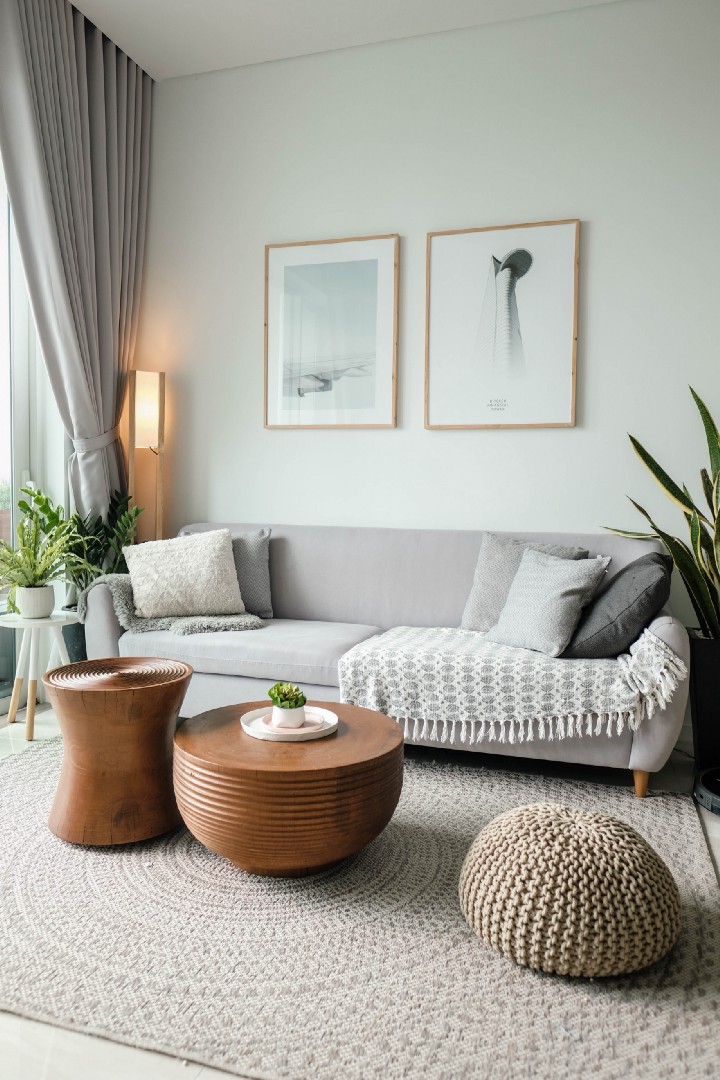August is National Wellness Month, dedicated to focusing on self-care, promoting stress management, and creating healthy routines. In celebration of National Relaxation Day (August 15th), we’ve created a guide to creating wellness spaces in your school as a way to prioritize the mental health and well-being of students.
A 2021 survey compiled by the American Civil Liberties Union of Southern California reported that 63% of students said they had an emotional meltdown in the previous year, 43% reported a panic or anxiety attack, and 22% said that mental health was the cause behind three or more of their absences.
When the amygdala (responsible for emotions and the “fight or flight” response) is under stress, the prefrontal cortex (responsible for reasoning, problem solving, comprehension, impulse-control, creativity and perseverance) is unable to function optimally. Creating a “space of calm” allows the amygdala an opportunity to reset. A wellness space provides students with a physical space to focus on self-care, develop healthy coping habits, and reduce their levels of anxiety and stress.
The design of a wellness space is critical in giving students a chance to rest and reset in a quiet, calming atmosphere. When choosing decor for your wellness space, be mindful of your decor’s cohesiveness, arrangement, and scale to create an environment that is visually balanced and pleasing to the eye. When designing your wellness space, consider implementing these design elements:
1. Light
Lighting is one of the most powerful tools to set the mood of a space. Add soft, incandescent lighting with accent lamps, paper lanterns or string lights. Avoid fluorescent lights, which can feel harsh and sterile.

2. Sound
Ambient music or natural sounds, like rainfall, ocean waves, forest sounds, or wind chimes can help create a calming atmosphere.
3. Texture
Soft, cozy textures can help soften harsh spaces and absorb sound and can be achieved with blankets, throw pillows, and rugs.

4. Color
Colors have the power to impact our psychological and emotional state. Colors most commonly found in nature (blues, greens, browns/neutrals) remind the brain of being outdoors and can create a calming atmosphere.

5. Scent
Aromatherapy can provide calming and anxiety-reducing benefits. Consider including an essential oil diffuser with relaxing essential oils like lavender, chamomile, rose, jasmine, or frankincense.

6. Organization
Too much clutter can lead to cognitive overload. Keeping the space neat and organized can keep students calm and help them to learn time management.

7. Furnishings
Consider using furniture that is comfortable and inviting to relax into. Opt for furniture that has curved or round edges instead of sharp angles, like a round fabric ottoman instead of a traditional coffee table, or free-form bean bag chairs.

8. Nature
Biophilic design, which involves incorporating natural elements into an environment, can help students reconnect with the outside world and promote healing and stress reduction. Incorporate plants (real or artificial), elements like stone and wood, natural baskets, and artwork with nature scenes.
Beyond providing a dedicated space for students to regroup and destress, creating activity stations can help to meet various mental health needs of students by providing outlets for relaxation and self-expression.
1. Gratitude Wall
A gratitude wall can be made from a chalkboard, whiteboard, or even a piece of paper taped to a wall. Having a space to actively practice gratitude can help generate feelings of optimism and happiness, making it easier to manage stress, depression, and anxiety.

2. Journaling
Journaling is a stress reducer, mood booster, and emotional and creative outlet. Try providing students with prompts that focus on self-reflection, self-love, or gratitude.

3. Art Station
Create a station with supplies for coloring, water painting, or other free-form artistic activities. Studies have shown that expression through art can help lower stress levels and promote overall calm.

4. Meditation Space
A quiet, comfortable corner where students can relax and spend time alone can be great for a mental reset. Methods such as meditation and breath work are great ways to reverse the body’s physical response to stress, helping students relax and increase their focus. Consider printing out guided prompts or include a station to listen to audio recordings.



